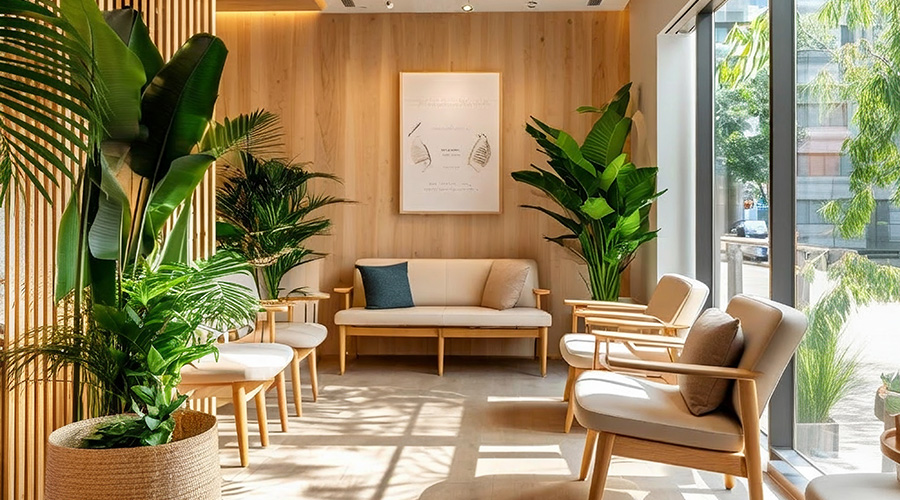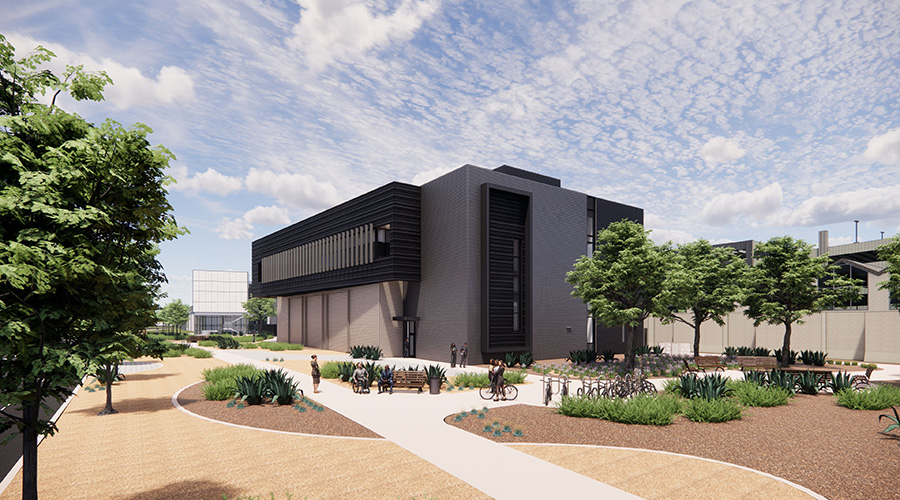During construction or significant renovation, healthcare facility managers can play a role in ensuring the facility will not only meet minimum ADA design requirements but also will meet the practical usage needs of patients and staff.
An article in Health Facilities Management details ten steps to take before costly remediation becomes necessary.
1. Safeguard the "ADA Path of Travel." Barrier removal is needed from the parking lot to exam room.
2. Require design services to use the correct design standard for compliance. However, as compliance extends beyond design and construction, full responsibility for the project's compliance cannot be shouldered by the designer alone.
3. Spell out compliance requirements for contractors. Otherwise, common construction practices can result in accessibility issues, such as toilets too far from the wall.
4. Incorporate accessibility review of designs early enough in the process so accommodations can be made without negatively impacting other needs.
5. Design for actual use, not just minimum compliance. For example, ADA compliance does not address the need for bariatric design.
6. Avoid making common mistakes. These include objects sticking out more than four inches into corridors, forgetting that you'll need somewhere to put trash cans in toilet rooms while still providing room to maneuver, and installing deep sinks that compromise clear knee space.
7. Buy at least 10 percent of new equipment with accessible features. This includes beds, scales, exam tables, chairs and mammography machines.
8. Educate staff on the purpose of the design and the function of particular accessibility features. Otherwise, these will be misunderstood and defeated.
9. Create an advisory board with staff and community members with disabilities to provide ongoing review and suggestions for the facility.
10. Create a short punch list of common accessible-design errors and make sure these are addressed no later than substantial completion.
Read the article.

 Grounding Healthcare Spaces in Hospitality Principles
Grounding Healthcare Spaces in Hospitality Principles UC Davis Health Selects Rudolph and Sletten for Central Utility Plant Expansion
UC Davis Health Selects Rudolph and Sletten for Central Utility Plant Expansion Cape Cod Healthcare Opens Upper 2 Floors of Edwin Barbey Patient Care Pavilion
Cape Cod Healthcare Opens Upper 2 Floors of Edwin Barbey Patient Care Pavilion Building Sustainable Healthcare for an Aging Population
Building Sustainable Healthcare for an Aging Population Froedtert ThedaCare Announces Opening of ThedaCare Medical Center-Oshkosh
Froedtert ThedaCare Announces Opening of ThedaCare Medical Center-Oshkosh